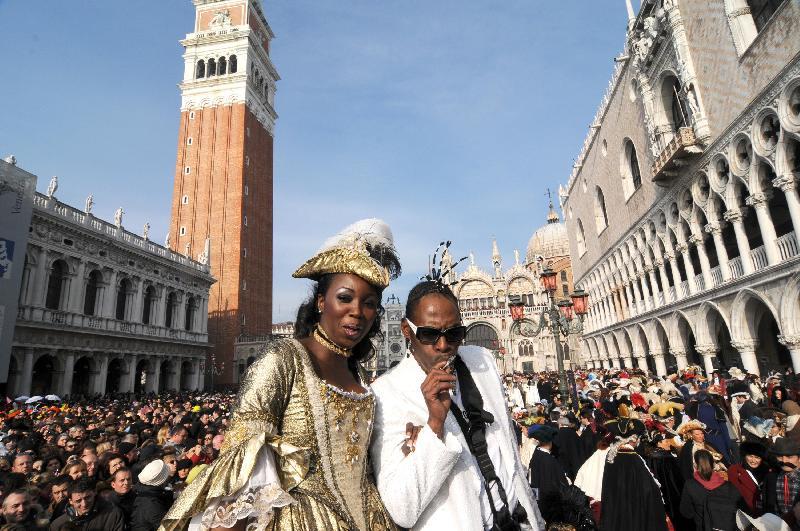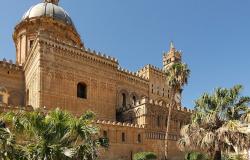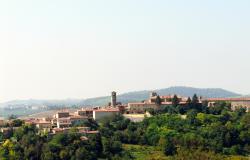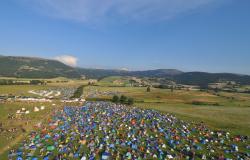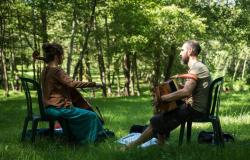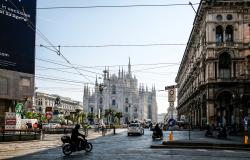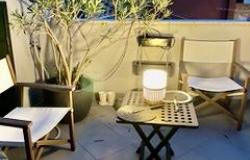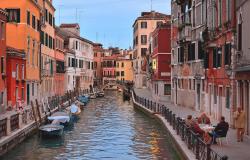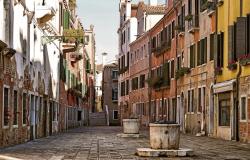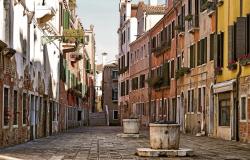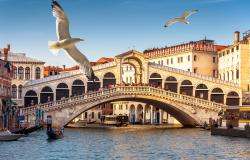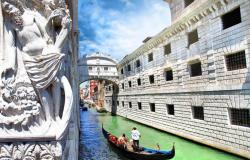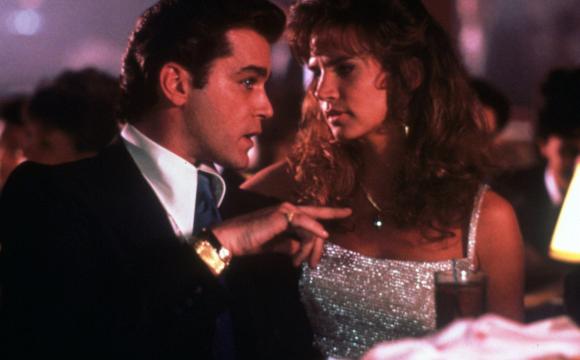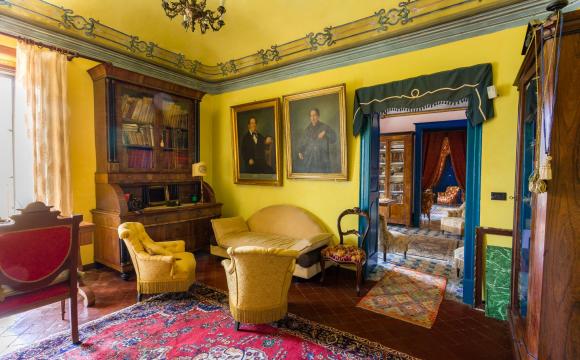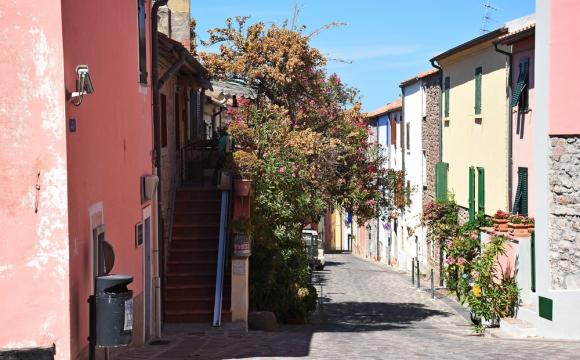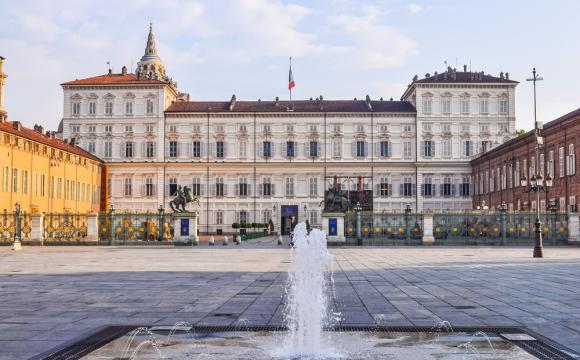Venice's world-famous carnival festivities are now in full swing but this year there is a decidedly modern twist to the centuries-old tradition.
The carnival's inaugural 'Flight of the Dove' ceremony originally saw white birds released from the top of St Mark's 90-metre-high bell-tower at noon on the opening day. In recent years the birds were replaced by a white-clad woman representing an angel who was carefully lowered to the ground.
On Sunday the crowds in the square gawped as 44-year-old US rapper Coolio, garbed in a white Moschino outfit, was winched down astride a massive letter 'O' - the final letter in a series spelling out the word ''angelo''.
Coolio was cheered wildly as his feet touched the ground to the first notes of his hit song ''Gangsta's Paradise''.
According to Venice police, some 51,000 people arrived in Venice on Sunday to see the first spectacles, which included a 70-boat costumed parade, complete with jugglers, along the Grand Canal.
In the afternoon, the Coolio joined the thousands gathered in the lagoon city for the Procession of the Marias, a traditional parade, centred on 12 beautiful women clad in 14th-century costumes.
On Tuesday the focus will be on St Mark's Square, where 30 drag queens will strut on stage in elaborate costumes and high heels, all vying to win a glass slipper designed by British stylist Vivienne Westwood.
Meanwhile, a converted warehouse not far away will host 'Carnival in the Dark'.
The title of this year's festival is ''Sensation'' and each of Venice's neighbourhoods, or sestieri, is exploring one of the five senses: San Polo will focus on sight, Cannaregio on taste, Santa Croce on smell, Dorsoduro on touch and Castello on sound.
St Mark's Square will celebrate ''the sixth sense'', organisers say, with a rave-like 'Sensation Show' on the nights of February 1 and 2.
But alongside the innovation, there will still be the usual award ceremony for the best masks on the afternoon of February 3 and there will be the customary series of costume pageants, balls and performances that revive the spirit of the Venetian Republic.
The Venice Carnival is believed to date back to the 12th century although it was brought to a halt in 1797 when Napoleon put an end to the Venetian Republic.
It was revived in the 1970s and is now a big hit with Venetians and tourists alike. City officials say that, at its peak, it attracts around 80,000 visitors a day.
Its most distinctive feature is the famous Venetian white mask - worn with a black cloak and a tricorn hat - which can be bought almost everywhere in the city during the festival.
Masks are linked to the carnival because during the era of the Republic it was one of the few periods of the year that authorities allowed citizens to wear them.
Venetians liked them because they enabled people of different social classes to mingle and get up to mischief together without being recognised.
